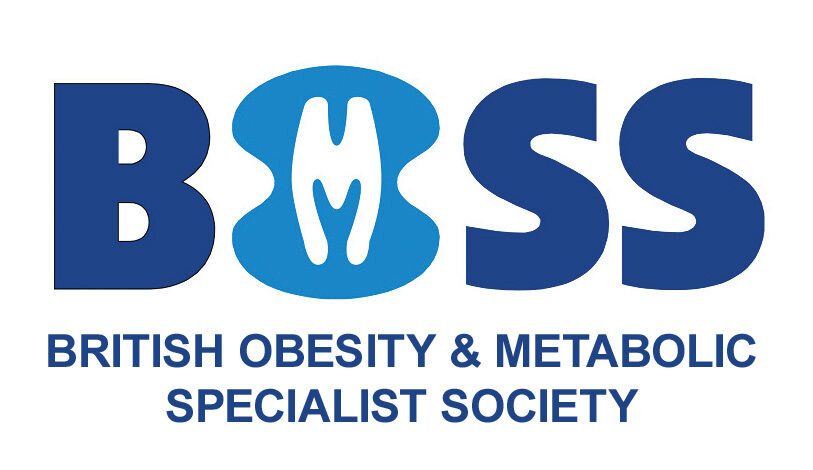People with obesity are more likely to develop serious chronic diseases and this risk increases as BMI and abdominal circumference increase. The most common obesity-related diseases include:
- High blood pressure
- Type 2 diabetes
- High cholesterol
- Heart disease
- Stroke
- Respiratory (breathing) problems
- Cancer (including womb, kidney, breast, colon and pancreas)
- Arthritis and joint pain
- Depression
Blood pressure is measured in millimeters of mercury (mm Hg). Hypertension (high blood pressure) is when your blood pressure frequently goes over 140/90 mm Hg. High blood pressure can cause damage to a person’s arteries, heart, brain, kidney, eyes and other body parts.
For a woman with obesity the risk of developing high blood pressure is increased about three-fold, for a man with obesity the risk is increased four-fold.
Type 2 diabetes (T2D) is a life-long disease marked by high levels of sugar in the blood. T2D can occur in both adults and children. In T2D, the pancreas doesn’t produce enough insulin or the insulin it does produce does not work properly.
Treatment usually comes in the form of tablets or injections of the gut hormone glucagon-like peptide-1 or insulin.
The main risk factors for T2D are: family history, age, ethnic background, being overweight, obese or having a large waist circumference.
Among those diagnosed with T2D, 67 % have a BMI greater than 27 and 46 % have a BMI greater than 30.
3.5 million people in the UK have type 2 diabetes and this is estimated to rise to 5 million in 2025.
Lipid disorders are when you have excess fatty substances in your blood. These substances include cholesterol and triglycerides.
Having high cholesterol makes you more likely to develop atherosclerosis (fatty changes to the linings of the arteries) and heart disease.
Heart disease is any disorder that affects the heart’s ability to function normally.
The most common cause of heart disease is narrowing or blockage of the coronary arteries, which supply blood to the heart.
A stroke occurs when a blood vessel (artery) that supplies blood to the brain is blocked by a blood clot or bursts. Within minutes, the nerve cells in that area of the brain are damaged, and they may die within a few hours. As a result, you may lose function in the part of the body controlled by the damaged section of the brain.
People with obesity have reduced lung capacity. These people are at higher risk for respiratory infections. They are more likely to have asthma and other respiratory disorders. Asthma has been shown to be three to four times more common among people with obesity.
More than half of those affected by obesity (around 50-60 percent) have obstructive sleep apnoea (OSA). OSA is a very serious breathing disorder which occurs when excess fat in the neck, throat, and tongue block air passageways during sleep. This blockage causes apnoea, which means a person stops breathing for a time. A person with OSA may have hundreds of apnoea episodes each night. Apnoea episodes reduce the amount of oxygen in a person’s blood.
OSA may lead to high blood pressure, pulmonary hypertension, and heart failure. OSA can cause sudden cardiac death and stroke.
Because apnea episodes interrupt the normal sleep cycle, you may not reach restful sleep. This can lead to fatigue and drowsiness. If untreated, this drowsiness may raise your risk of motor vehicle accidents.
It is thought that 1 in 20 cancers in the UK are caused by obesity. Cancer involves the uncontrolled growth of abnormal cells. These cells prevent normal function of vital organs, damaging essential systems.
Fat cells release proteins and hormones which act upon different cells in the body and therefore can lead to cell disruption and different forms of cancer.
Recent studies suggest that those with a BMI of more than 40 (severe obesity) had death rates from cancer that were 52 % higher for men and 62% higher for women, as compared to rates for normal-weight men and women.
A higher BMI is associated with higher death rates from cancers of the oesophagus, colon and rectum, liver, gallbladder, pancreas, and kidney. The same is seen in cancers of the stomach and prostate in men, and cancers of the breast, uterus, cervix, and ovaries in women.
Obesity can lead to extra strain on the musculoskeletal system. Osteoarthritis is a chronic disease causing wear and tear of the joints and degeneration of cartilage and underlying bone within a joint. This can lead to pain at the joint involved and commonly affects the back, hips and knees.
Depression may be described as feeling sad, blue, unhappy, miserable, or down in the dumps. Most of us feel this way at one time or another for short periods.
True clinical depression is a mood disorder in which feelings of sadness, loss, anger, or frustration that persists and interferes with everyday life for an extended time.
Gallbladder disease includes inflammation, infection, stones, or obstruction of the gallbladder.
Heartburn is a painful burning sensation in the oesophagus (gullet), in the upper part of the abdomen. The pain often rises in your chest and may radiate to your neck or throat.
Women suffering with obesity are at greater risk of menstrual abnormalities, polycystic ovarian syndrome and infertility. Maternal obesity is associated with health risks for both the mother and the child during and after pregnancy.
